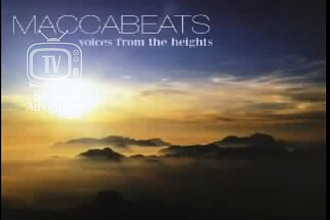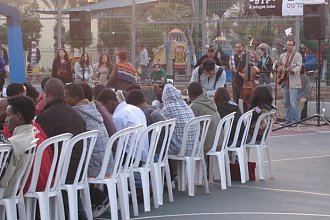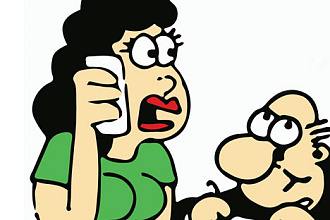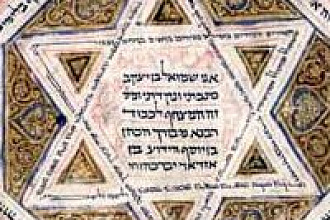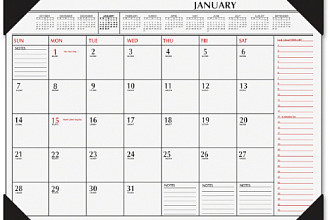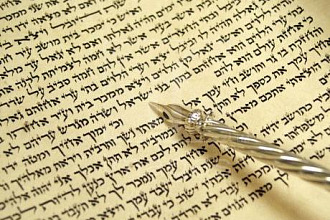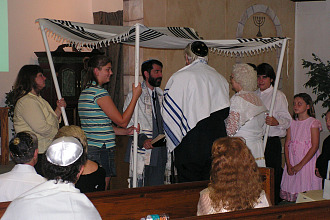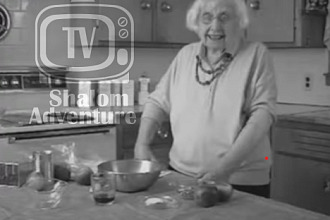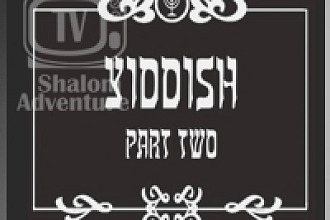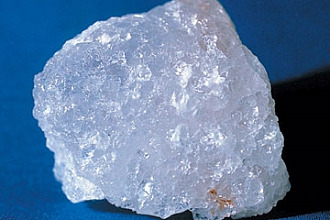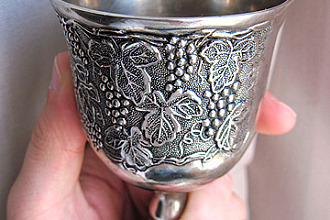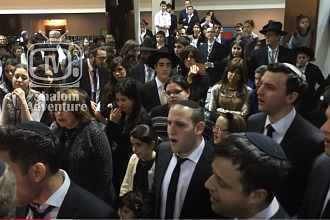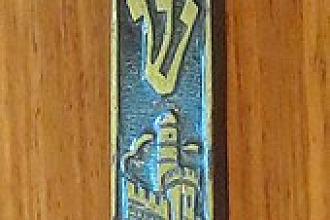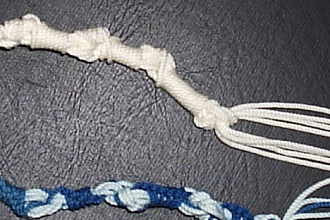The shofar, made from a ram's horn, has been used by our people for thousands of years. The blowing of the shofar was used to call the people together for war and to call them to the Sanctuary for repentance. Both were calls for preparation and for battle. God had Joshua's men use shofars to bring down the walls of Jericho. It was shofars that Gideon used in his battle against the Midianites.
In the call to repentance, the battle is against our sinful natures and the sins we commit. God loves us and has given us t'shuva, the gift of repentance. On Rosh Hashanah the shofar is blown calling us to repent of our sins before Yom Kippur comes. Today during Rosh Hashanah the shofar is blown nearly one hundred times using four different notes: tekiah, shevarim, teruah, and tekiah gedolah.
Originally from: Jewish Discoveries by Jeff Zaremsky, page 32, which contains a total of 22 fascinating chapters of biblical history and lessons plus 25 rich Jewish tradition sections, and 27 powerful testimonies, with over 40 beautifully rendered professional works of art all on over 300 jam packed pages. You can own this treasure by visiting www.Jewishheritage.net
Posted on Shalom Adventure by: Barbara Zaremsky




